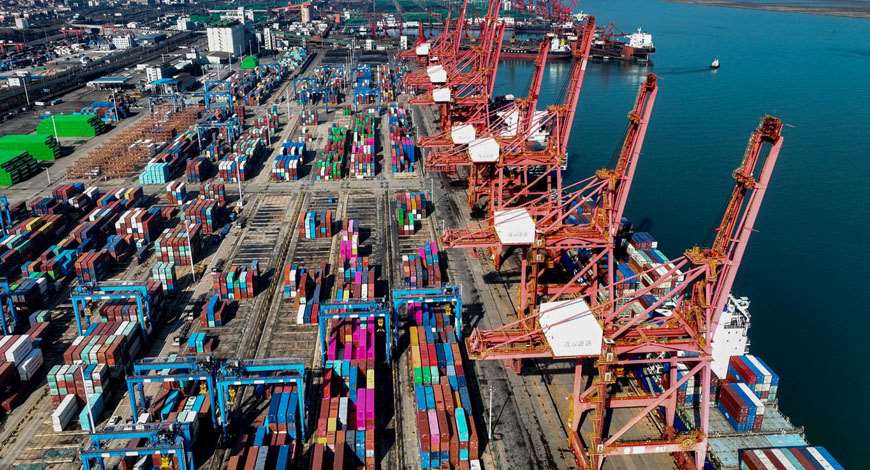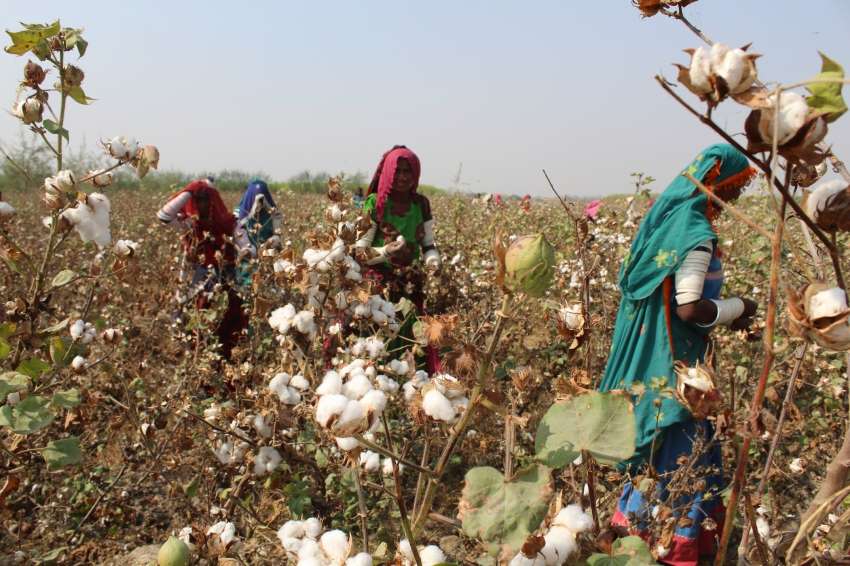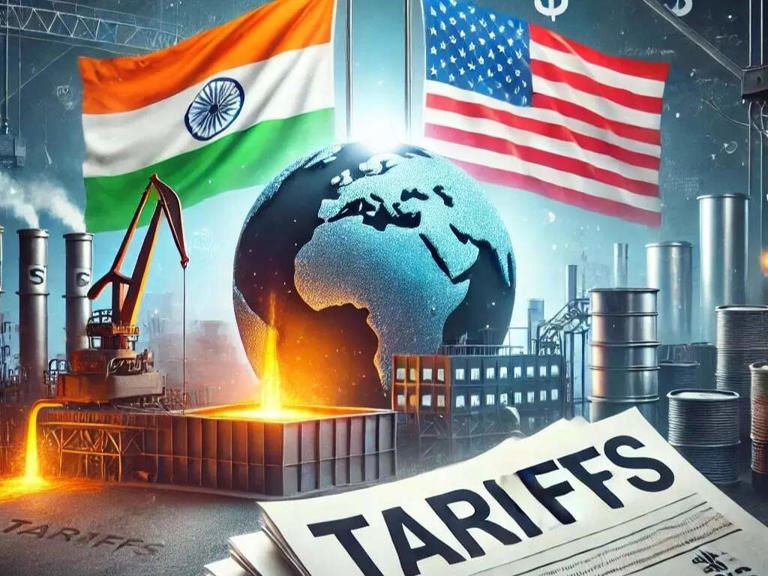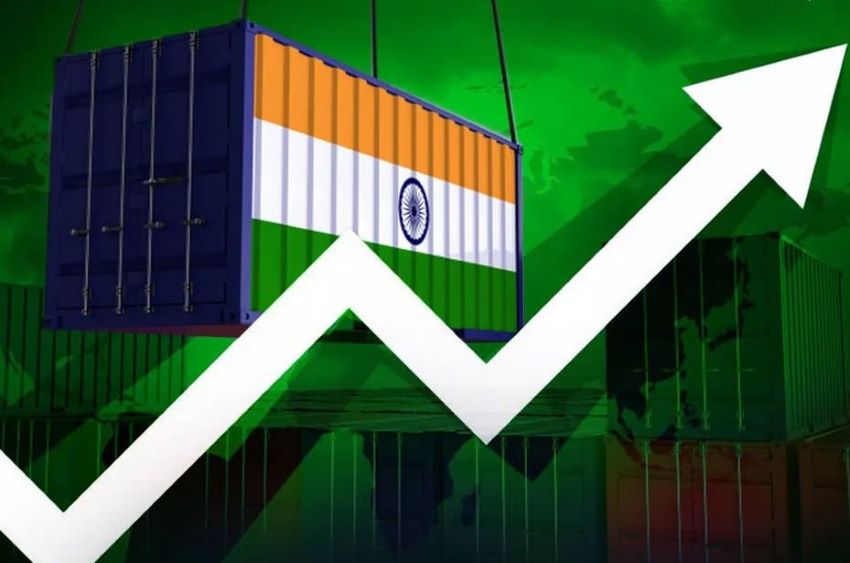"It all began a year ago with the US administration, under the leadership of President Donald Trump, imposing a 25 per cent tariff on 818 categories of goods imported from China. This move further escalated into a major bilateral trade war between these two economic superpowers. Since then, US-based brands relying on Chinese manufacturing have seen their products cost escalating and profit margins declining, making it difficult for them to survive in the competitive market. As the latest quarterly survey of more than 150 global businesses by the Hong Kong-based QIMA supply chain audit and inspection service reveals, over three quarters of US respondents say they have been seriously impacted by US-China tariffs."
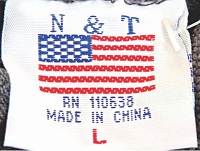 It all began a year ago with the US administration, under the leadership of President Donald Trump, imposing a 25 per cent tariff on 818 categories of goods imported from China. This move further escalated into a major bilateral trade war between these two economic superpowers. Since then, US-based brands relying on Chinese manufacturing have seen their products cost escalating and profit margins declining, making it difficult for them to survive in the competitive market. As the latest quarterly survey of more than 150 global businesses by the Hong Kong-based QIMA supply chain audit and inspection service reveals, over three quarters of US respondents say they have been seriously impacted by US-China tariffs.
It all began a year ago with the US administration, under the leadership of President Donald Trump, imposing a 25 per cent tariff on 818 categories of goods imported from China. This move further escalated into a major bilateral trade war between these two economic superpowers. Since then, US-based brands relying on Chinese manufacturing have seen their products cost escalating and profit margins declining, making it difficult for them to survive in the competitive market. As the latest quarterly survey of more than 150 global businesses by the Hong Kong-based QIMA supply chain audit and inspection service reveals, over three quarters of US respondents say they have been seriously impacted by US-China tariffs.
There is no sign of this cycle of imposition and counter imposition of tariffs coming to an end. Last week President Trump announced his plans to impose 10 per cent tariff on another $300bn worth of Chinese imports from September 2019. China, in turn, responded by asking state-owned firms to halt their US agricultural purchases and by allowing its tightly controlled currency to slide to an 11-year low against the US dollar – a move that makes Chinese goods cheaper overseas and US exports to China more expensive.
Companies shift out of China
Alarmed by rising geopolitical and economic tensions between the US and China becoming a norm, a few US and other companies are shifting their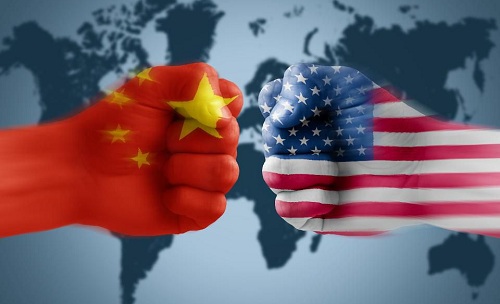 production facilities to other locations. A recent survey by the American Chamber of Commerce reveals around 40 per cent of the US companies that currently manufacture in China have either already shifting or are planning to shift their production facilities to other offshore locations.
production facilities to other locations. A recent survey by the American Chamber of Commerce reveals around 40 per cent of the US companies that currently manufacture in China have either already shifting or are planning to shift their production facilities to other offshore locations.
Over 50 multinational companies including Apple, Nintendo and Dell are planning to shift at least some of their production to emerging alternative offshore manufacturing hubs including Vietnam, Malaysia and India. Electronics giant TCL is moving its TV production to Vietnam and Sailun Tire is shifting its tire manufacturing line to Thailand. Others are relocating manufacturing operations to more established, lower cost countries including Mexico.
Vietnam to emerge as beneficiary
Experts view these moves as a long-term structural change in the global trade flow, rather than a temporary response to the escalating US-China trade tensions. Most US-based manufacturers were already planning to move their operations out of China even before the US imposed its first round of tariffs on them. The US-imposed tariffs only accelerated this inevitable realignment.
This realignment will mainly benefit countries like Vietnam, whose foreign investment permit applications, have already risen by 26 percent to 1,720 in the first half of 2019. The shift will also benefit enterprise software and service providers – particularly those that enable companies to become Intelligent Enterprises and facilitate efficient, responsive and reliable supply chains.
According to business leaders including SAP’s Chief Executive, Bill McDermott, the recent disruption of trade patterns and supply chains could have profound long-term implications because once companies move their production out of China, they are not likely to return in the near future. This makes the realignment of global supply chains and uncertainty that accompanies such changes unlikely to end in the near future.
These changes impact the company’s ability to respond quickly to rapidly changing customer requirements and other external factors such as supply chain disruptions. For consumers, these moves will result in the reduction of ‘Made in China’ labels.

